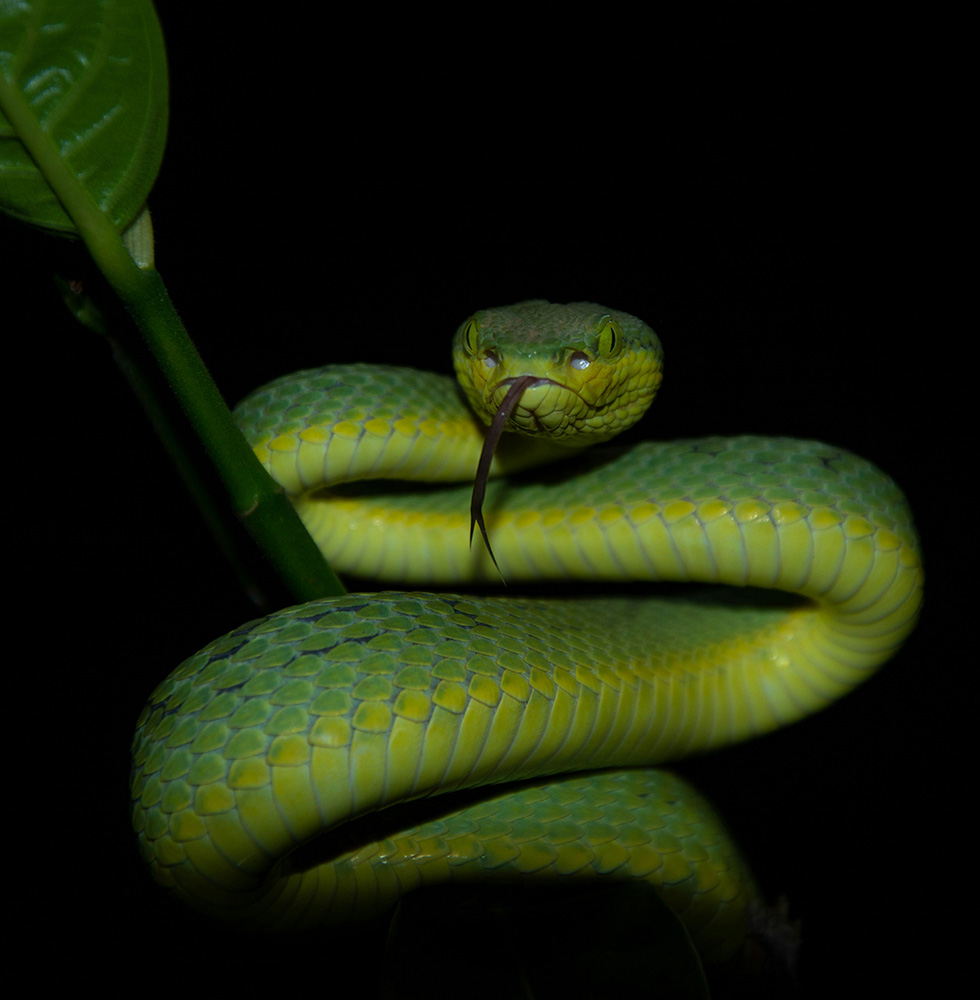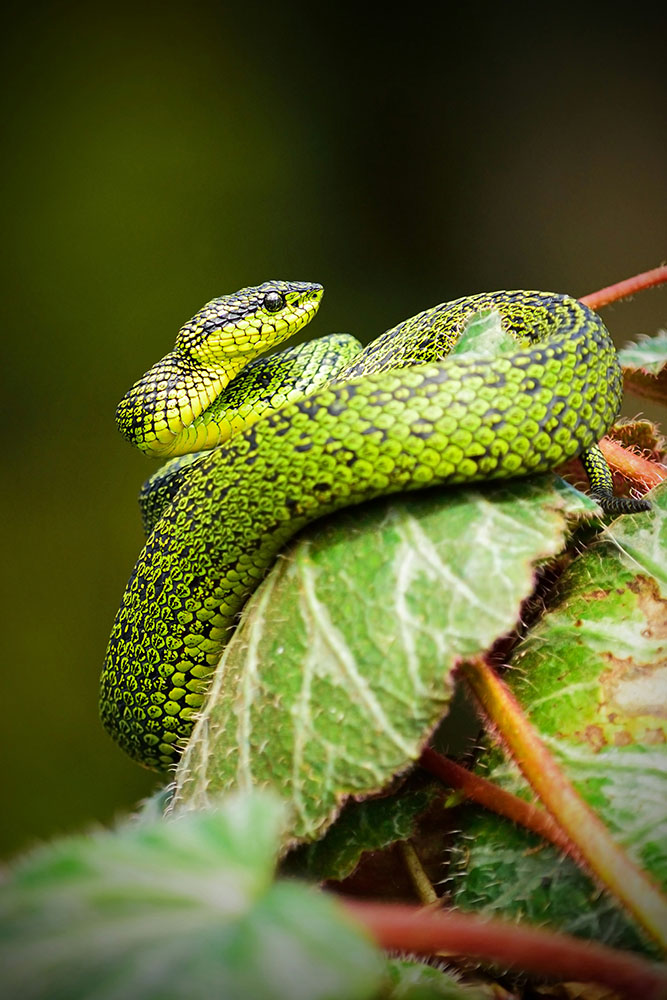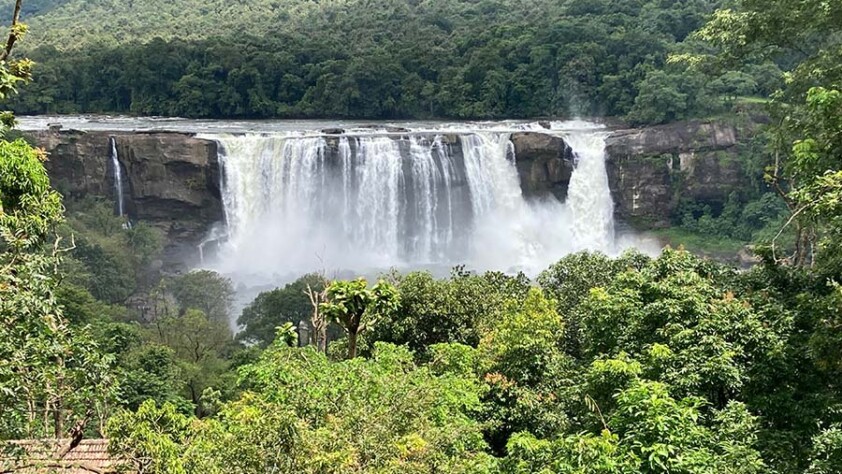India is home to a remarkable diversity of snakes, ranging from the deadly king cobra to the benign rat snake. These reptiles play crucial roles in ecosystems, acting as both predators and prey, and maintaining ecological balance. This article explores the various snake species found in India, their habitats, behavior, and the efforts to conserve them.

Diversity of Snakes in India
India boasts over 270 species of snakes, including venomous, non-venomous, and mildly venomous species. Here are some notable examples:
1. Venomous Snakes:
- King Cobra (Ophiophagus hannah): The world’s longest venomous snake, capable of reaching lengths over 18 feet. It primarily preys on other snakes and is found in forests across the Western Ghats, Eastern Ghats, and Northeastern India.
- Indian Cobra (Naja naja): Known for its hood and distinctive spectacle pattern, this snake is widespread across the country and is often found in human settlements.
- Russell’s Viper (Daboia russelii): Recognizable by its chain-like pattern, this viper is one of the most dangerous snakes in India due to its potent venom and aggressive nature.
- Saw-Scaled Viper (Echis carinatus): Small but deadly, this snake is responsible for a significant number of snakebite incidents in India. It is found in dry, arid regions.
2. Non-Venomous Snakes:
- Indian Rock Python (Python molurus): A large constrictor found in forests, grasslands, and near water bodies. It can grow up to 20 feet long and is known for its strength and size.
- Rat Snake (Ptyas mucosa): Commonly found in agricultural areas and human habitats, this snake is an excellent rodent hunter and poses no threat to humans.
- Common Sand Boa (Eryx conicus): A burrowing snake found in sandy soils, it is known for its stout body and smooth scales.
3. Mildly Venomous Snakes:
- Common Krait (Bungarus caeruleus): Though its venom is highly toxic, it is generally shy and nocturnal, avoiding human contact. It is found throughout India.
- Hump-Nosed Pit Viper (Hypnale hypnale): Found in the Western Ghats, its venom is less potent compared to other vipers but can cause severe pain and swelling.
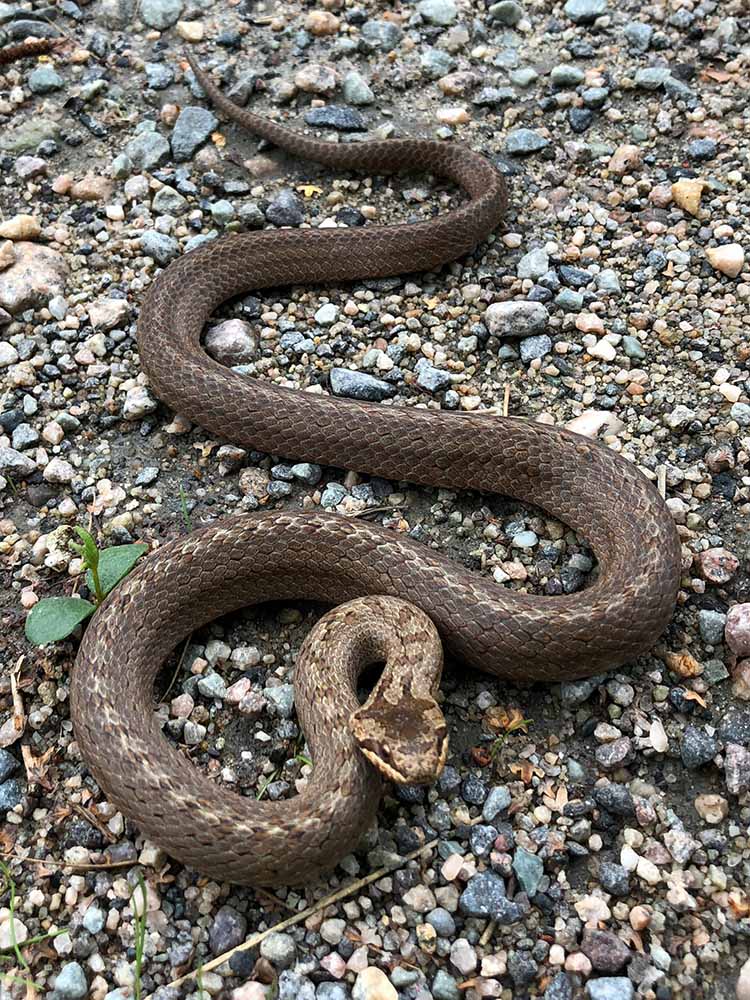
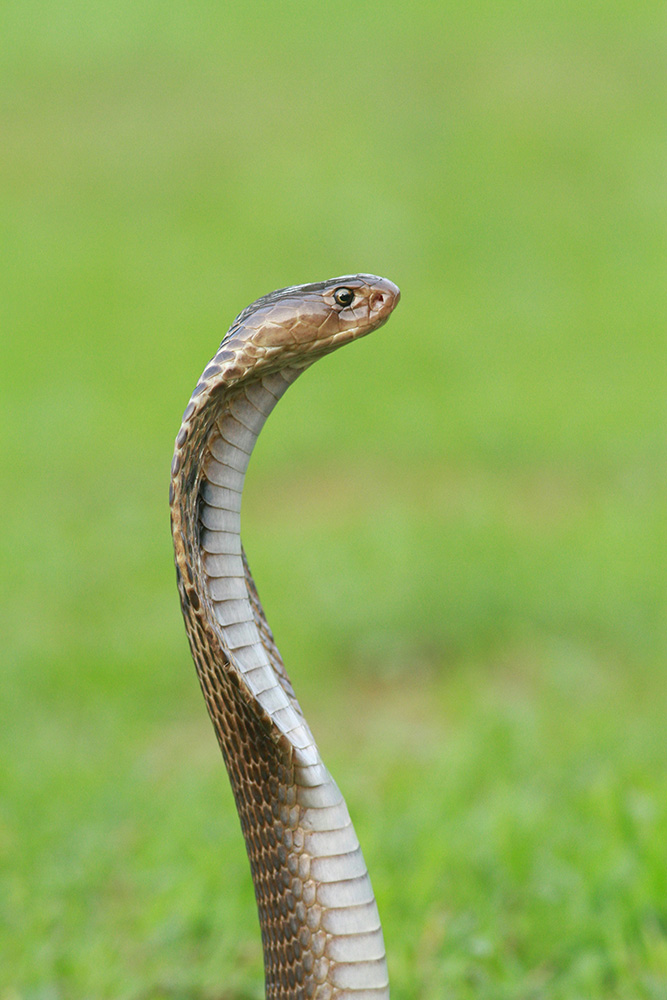

Habitats and Distribution
Snakes in India occupy a wide range of habitats, from dense forests and grasslands to deserts and wetlands. Each habitat supports different species adapted to specific environmental conditions.
1. Forests:
- The Western and Eastern Ghats are biodiversity hotspots, home to species like the king cobra, Indian python, and Malabar pit viper.
- The dense forests of Northeastern India harbor unique species such as the red coral kukri snake and the banded krait.
2. Grasslands and Savannas:
- These open habitats are ideal for snakes like the rat snake, Russell’s viper, and the common cobra, which thrive in agricultural areas and grasslands.
3. Deserts and Arid Regions:
- The Thar Desert and other arid regions support species like the saw-scaled viper and the Indian sand boa, which are adapted to survive in harsh, dry environments.
4. Wetlands and Rivers:
- Wetlands, marshes, and riverbanks are habitats for water snakes like the checkered keelback and the smooth-scaled water snake, which are excellent swimmers and feed on aquatic prey.
Behavior and Ecology
1. Feeding:
- Snakes are carnivorous, with diets varying from small mammals and birds to amphibians, fish, and other reptiles. Venomous snakes use their venom to immobilize prey, while constrictors like pythons and boas use their muscular bodies to subdue prey.
2. Reproduction:
- Most snakes in India are oviparous (egg-laying), though some, like the common krait and Russell’s viper, are viviparous (giving birth to live young). Breeding seasons vary, but many species reproduce during the warmer months.
3. Adaptations:
- Snakes have evolved various adaptations to survive in diverse habitats. For example, the saw-scaled viper has keeled scales that help it blend into sandy environments, while the water snake’s flattened tail aids in swimming.
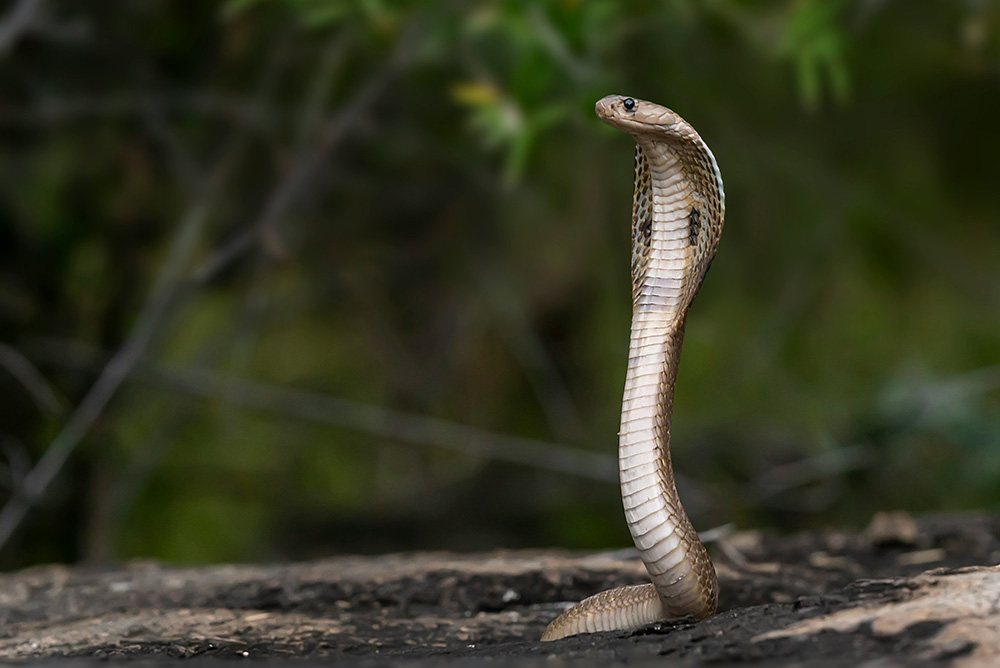
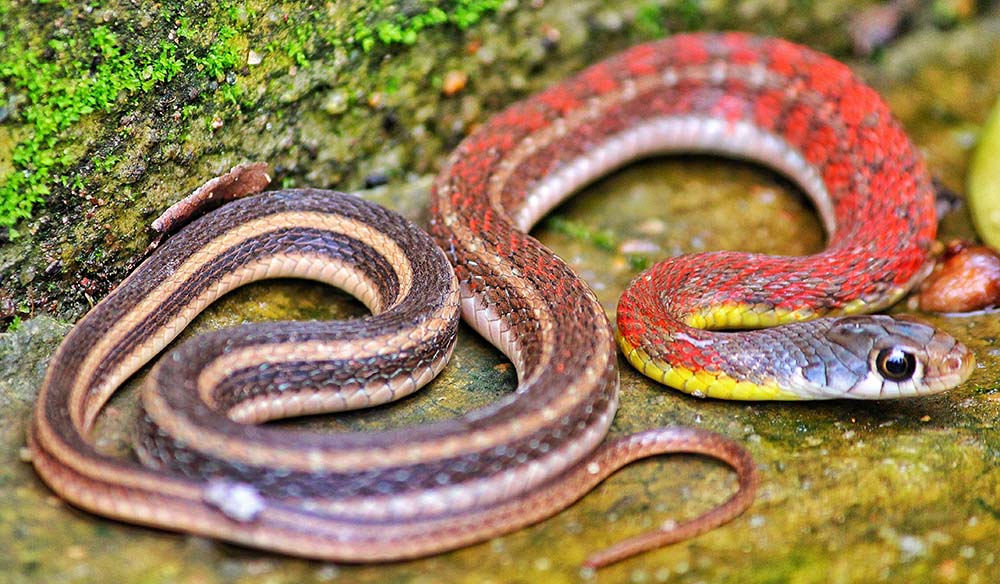
Conservation of Snakes in India
Snakes face numerous threats, including habitat loss, road mortality, illegal wildlife trade, and persecution due to fear and misunderstanding. Conservation efforts are crucial to protect these vital components of India’s biodiversity.
1. Habitat Protection:
- Preserving and restoring natural habitats like forests, grasslands, and wetlands are essential for the survival of snake populations. Protected areas like national parks and wildlife sanctuaries play a key role in conserving habitats.
2. Reducing Human-Snake Conflict:
- Education and awareness programs are vital to reduce fear and misinformation about snakes. Initiatives to teach people how to safely coexist with snakes can help mitigate conflicts.
- Rapid response teams and helplines can assist in safely relocating snakes found in human habitats, reducing the likelihood of snakebites and retaliatory killings.
3. Anti-Poaching and Legal Protection:
- Strengthening the enforcement of wildlife protection laws and increasing penalties for poaching and illegal trade can deter these activities. Many snake species are protected under the Wildlife Protection Act of 1972.
4. Research and Monitoring:
- Conducting ecological studies and population surveys help understand the distribution, behavior, and threats to snake species. This data is crucial for informed conservation planning.
- Community-based monitoring programs can engage local communities in conservation efforts and provide valuable data on snake populations.
5. Rescue and Rehabilitation:
- Wildlife rescue centers and rehabilitation programs can provide care for injured or displaced snakes and facilitate their safe release back into the wild.
